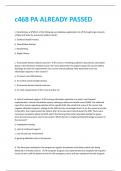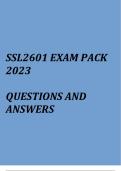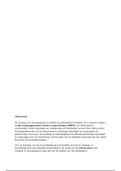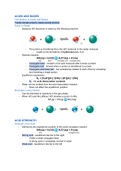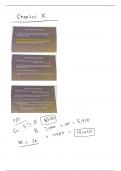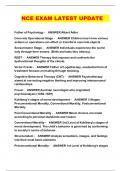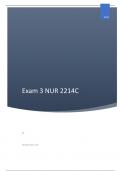Exam (elaborations)
c468 PA ALREADY PASSED
- Course
- Institution
c. Data Mining -Which of the following uses database applications to sift through large amounts of data and looks for previously hidden trends? a. Evidence-Based Practice b. Quantitative Analysis c. Data Mining d. Digital Library c. To promote desired clinical outcomes -A nurse is reviewing a...
[Show more]
